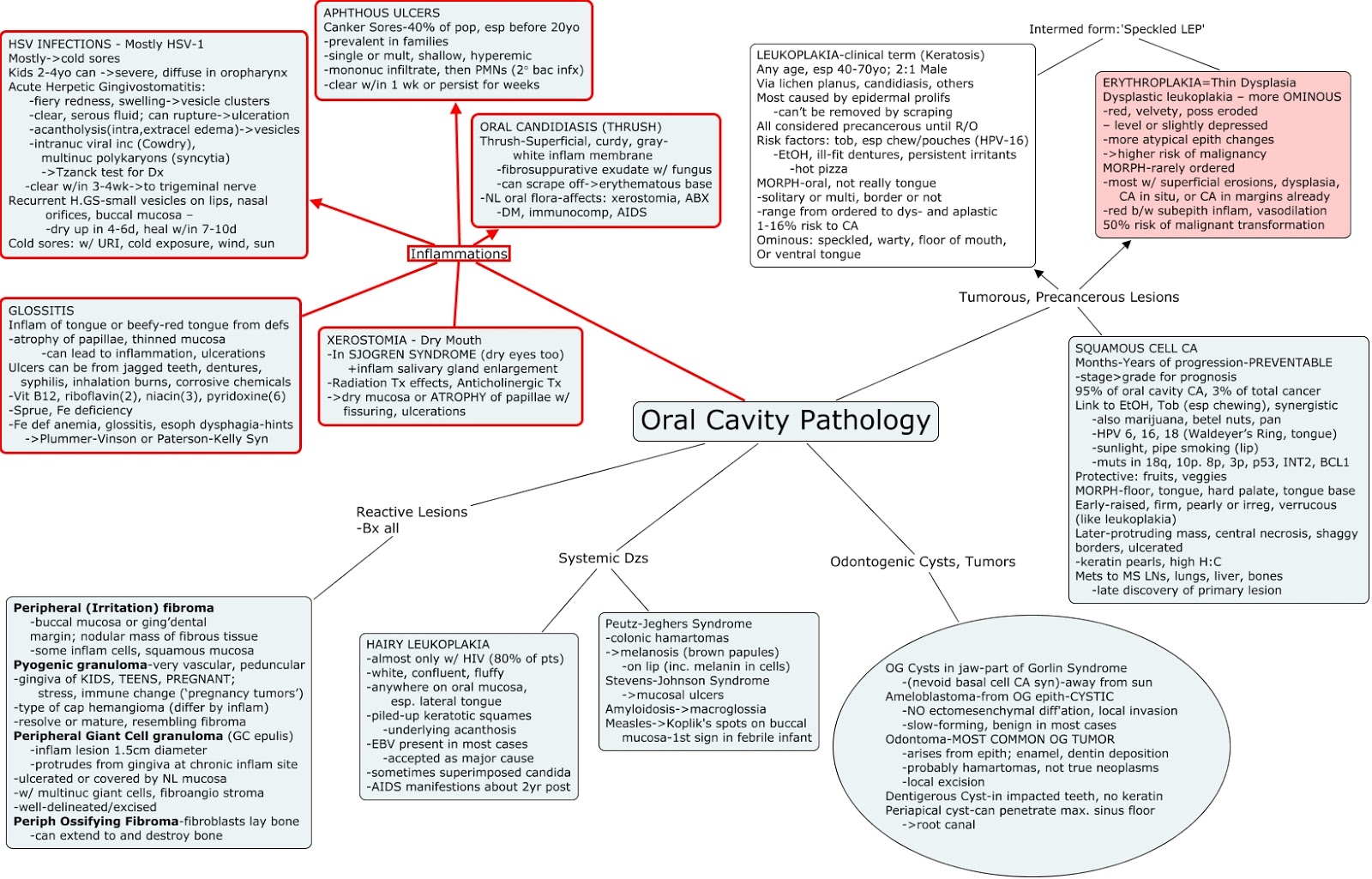Can ulcer cause anemia. Can Ulcers Cause Anemia? Understanding the Serious Link Between Ulcers and Blood Loss
What are the main causes of ulcers that lead to anemia. How can you recognize the symptoms of a bleeding ulcer. Why is prompt treatment crucial for preventing severe complications from ulcer-induced anemia. What are the most effective treatment options for ulcers and associated anemia.
The Connection Between Ulcers and Anemia: Unveiling the Hidden Danger
Ulcers, particularly those in the digestive tract, can indeed cause anemia. This connection stems from the potential for ulcers to bleed, leading to blood loss over time. When an ulcer develops at the site of a blood vessel, it can result in bleeding that ranges from minor and unnoticeable to severe and life-threatening.
Peptic ulcers, which occur in the stomach, small intestine, or esophagus, are the most common type associated with anemia. These ulcers are related to acid and can cause varying degrees of blood loss. While minor bleeding may go unnoticed initially, it can gradually lead to anemia if left untreated.
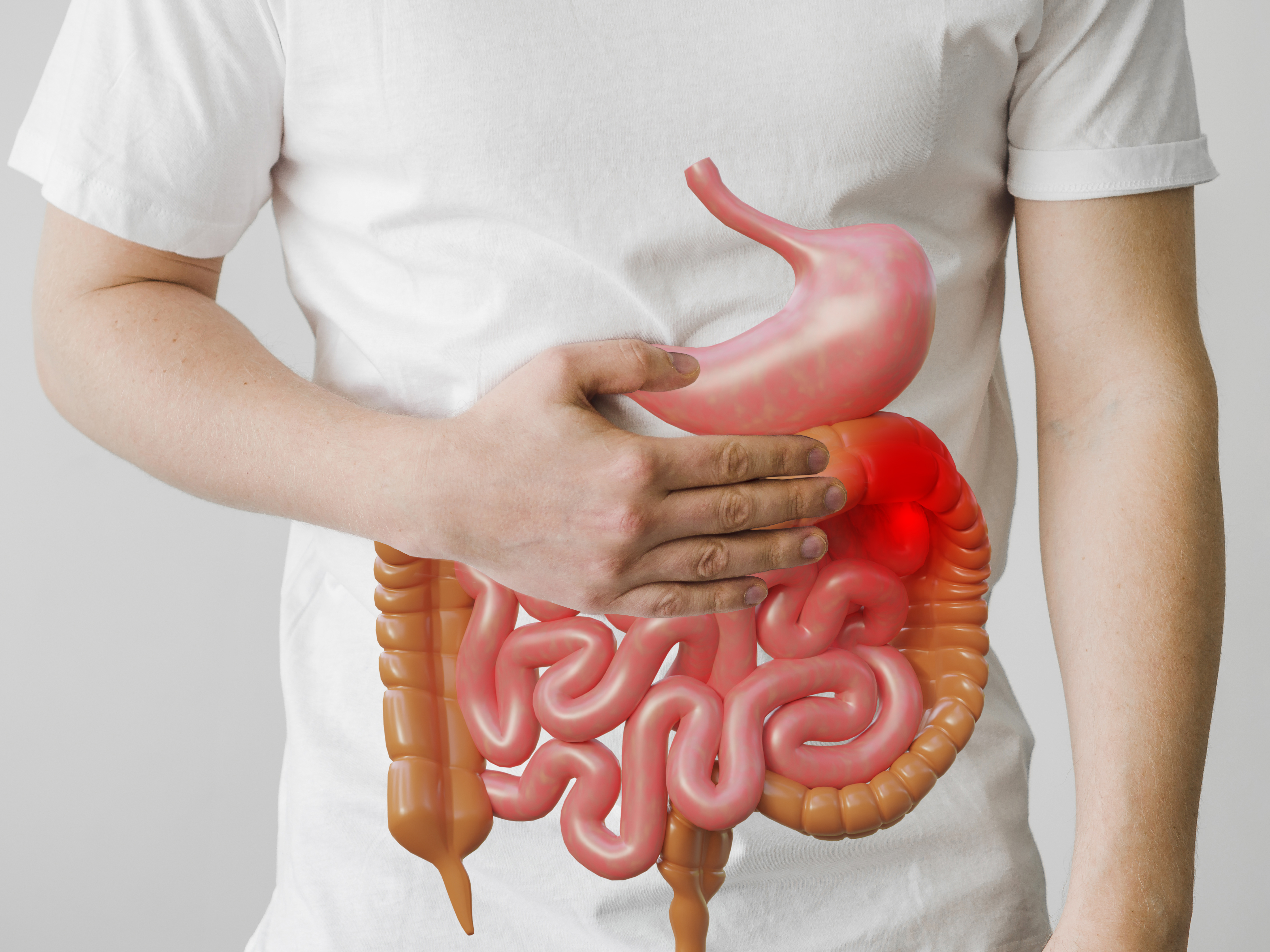
How do ulcers cause anemia?
Ulcers cause anemia through a process of gradual blood loss. As the ulcer slowly bleeds, the body loses red blood cells and hemoglobin. This loss reduces the blood’s ability to carry oxygen to the body’s organs and tissues, resulting in anemia. The body may not be able to produce new red blood cells quickly enough to replace those lost through bleeding, leading to a persistent state of anemia.
Recognizing the Symptoms: When Ulcers Turn Dangerous
Identifying the symptoms of bleeding ulcers is crucial for timely intervention. While some people may not experience noticeable symptoms, others may encounter a range of warning signs that should not be ignored.
- Pain in the upper abdomen, especially after eating or when the stomach is empty
- Nausea and vomiting
- Feeling full or bloated
- Dark, sticky stools (melena)
- Stools with a dark red color
- Vomit that resembles coffee grounds or contains blood
- Fainting or lightheadedness
Is there a difference between symptoms of regular ulcers and bleeding ulcers? Yes, there is. While regular ulcers may cause discomfort and digestive issues, bleeding ulcers often present with more severe symptoms, particularly those related to blood loss. The presence of blood in stool or vomit is a clear indicator of a bleeding ulcer and requires immediate medical attention.

The Root Causes: Understanding What Triggers Ulcers
Several factors can contribute to the development of ulcers, with some increasing the risk of bleeding and subsequent anemia. Understanding these causes is essential for prevention and effective treatment.
NSAIDs: A Double-Edged Sword
Nonsteroidal anti-inflammatory drugs (NSAIDs) are a common culprit in ulcer formation. These medications, which include ibuprofen, naproxen, and aspirin, can damage the protective lining of the stomach and intestines when taken in high doses or for extended periods.
How do NSAIDs contribute to ulcer formation and bleeding? NSAIDs work by blocking certain chemicals in the body that protect the stomach lining from acid. This protective barrier becomes compromised, allowing stomach acid to damage the underlying tissues. Additionally, NSAIDs can interfere with blood clotting, making ulcers more prone to bleeding.
H. pylori Infection: A Common Bacterial Culprit
Helicobacter pylori (H. pylori) is a type of bacteria that can infect the stomach and is responsible for a significant percentage of peptic ulcers. This bacterial infection affects approximately 30-40% of people in the United States.
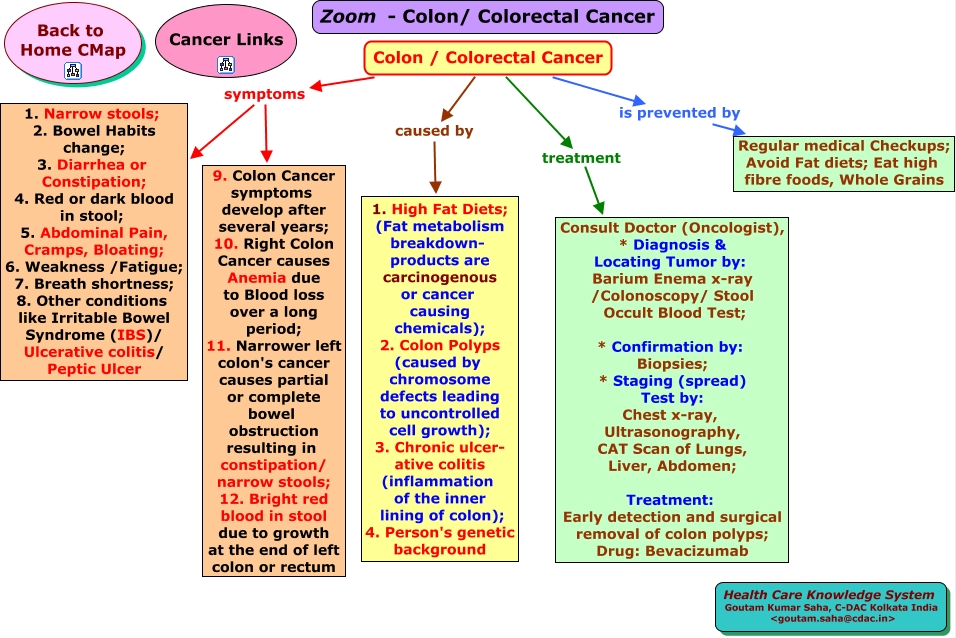
How does H. pylori cause ulcers? The bacteria attack the stomach’s mucous lining, weakening its defenses against acid. This allows stomach acid to penetrate and damage the underlying tissues, leading to ulcer formation. While the exact transmission method of H. pylori remains unclear, it’s believed to spread through contaminated food, water, or person-to-person contact.
Zollinger-Ellison Syndrome: A Rare but Serious Condition
Zollinger-Ellison syndrome (ZES) is an uncommon condition characterized by tumors in the stomach, duodenum, or pancreas. These tumors cause excessive production of stomach acid, leading to peptic ulcers.
How prevalent is Zollinger-Ellison syndrome? ZES is quite rare, affecting only 0.5 to 3 out of every 1 million people. While it accounts for less than 1% of all peptic ulcers, its impact can be severe due to the increased acid production and potential for tumor complications.
The Rising Concern: Idiopathic Ulcers and Their Implications
Recent research suggests a growing trend of ulcers that are not associated with H. pylori infection or NSAID use. These idiopathic ulcers present new challenges in diagnosis and treatment.

What factors contribute to the development of idiopathic ulcers? While the exact causes remain unclear, researchers have identified several potential contributors:
- Alcohol consumption
- Other types of infections
- Certain medications
- Underlying diseases, including stomach and intestinal cancer
The increasing prevalence of these ulcers highlights the need for comprehensive diagnostic approaches and tailored treatment strategies.
Diagnosis and Treatment: Addressing Ulcers and Anemia
Proper diagnosis and timely treatment of ulcers, especially bleeding ulcers, are crucial for preventing complications and managing anemia effectively.
Diagnostic Procedures
What are the primary methods for diagnosing ulcers? Healthcare providers typically use a combination of techniques to diagnose ulcers and assess their severity:
- Endoscopy: This procedure allows direct visualization of the digestive tract and is particularly useful for identifying bleeding ulcers.
- Blood tests: These can help detect anemia and identify H. pylori infection.
- Stool tests: Used to check for the presence of blood in the stool, which may indicate a bleeding ulcer.
- Imaging studies: X-rays or CT scans may be used to evaluate the extent of ulceration and rule out other conditions.
Treatment Approaches
How are ulcers and associated anemia treated? Treatment typically involves a multi-faceted approach aimed at addressing the underlying cause of the ulcer, promoting healing, and managing anemia:

- Medications to reduce stomach acid production (e.g., proton pump inhibitors, H2 blockers)
- Antibiotics to eradicate H. pylori infection
- Discontinuation or modification of NSAID use
- Iron supplementation or blood transfusions to treat anemia
- Endoscopic procedures to stop active bleeding
- Dietary modifications and lifestyle changes to support healing
In severe cases or when complications arise, surgical intervention may be necessary to address the ulcer and prevent further bleeding.
Prevention Strategies: Minimizing the Risk of Ulcers and Anemia
While not all ulcers can be prevented, there are several strategies individuals can employ to reduce their risk of developing ulcers and subsequent anemia.
Lifestyle Modifications
What lifestyle changes can help prevent ulcers? Adopting healthy habits can significantly reduce the risk of ulcer formation:
- Limit or avoid alcohol consumption
- Quit smoking
- Manage stress through relaxation techniques or therapy
- Maintain a balanced diet rich in fruits, vegetables, and whole grains
- Stay hydrated with clean water
Medication Management
How can individuals safely use NSAIDs while minimizing ulcer risk? For those who require NSAIDs for pain management or other conditions, consider the following precautions:

- Use the lowest effective dose for the shortest duration possible
- Take NSAIDs with food or milk to reduce stomach irritation
- Consider alternative pain management strategies when appropriate
- Discuss the use of protective medications (e.g., proton pump inhibitors) with a healthcare provider
Infection Prevention
What measures can be taken to prevent H. pylori infection? While the exact transmission route of H. pylori remains unclear, general hygiene practices can help reduce the risk of infection:
- Practice good hand hygiene, especially before eating and after using the bathroom
- Consume food and water from safe, clean sources
- Avoid sharing utensils or drinking glasses with others
- Consider testing for H. pylori if you have risk factors or symptoms of infection
Long-Term Management: Living with Ulcers and Preventing Recurrence
For individuals who have experienced ulcers, particularly those that led to anemia, long-term management is crucial to prevent recurrence and maintain overall health.

Follow-up Care
Why is ongoing medical supervision important for ulcer patients? Regular follow-up appointments allow healthcare providers to:
- Monitor healing progress
- Adjust treatment plans as needed
- Screen for potential complications or recurrence
- Assess and manage any ongoing anemia
Dietary Considerations
What dietary approaches can support ulcer healing and prevent recurrence? While there is no specific “ulcer diet,” certain dietary habits may be beneficial:
- Eat smaller, more frequent meals to reduce stomach acid production
- Avoid foods that trigger discomfort or irritation
- Include foods rich in probiotics to support digestive health
- Consume adequate fiber to promote regular bowel movements
- Stay hydrated with water and non-acidic beverages
Stress Management
How does stress impact ulcer healing and recurrence? While stress doesn’t directly cause ulcers, it can exacerbate symptoms and slow healing. Implementing stress-reduction techniques can be beneficial:
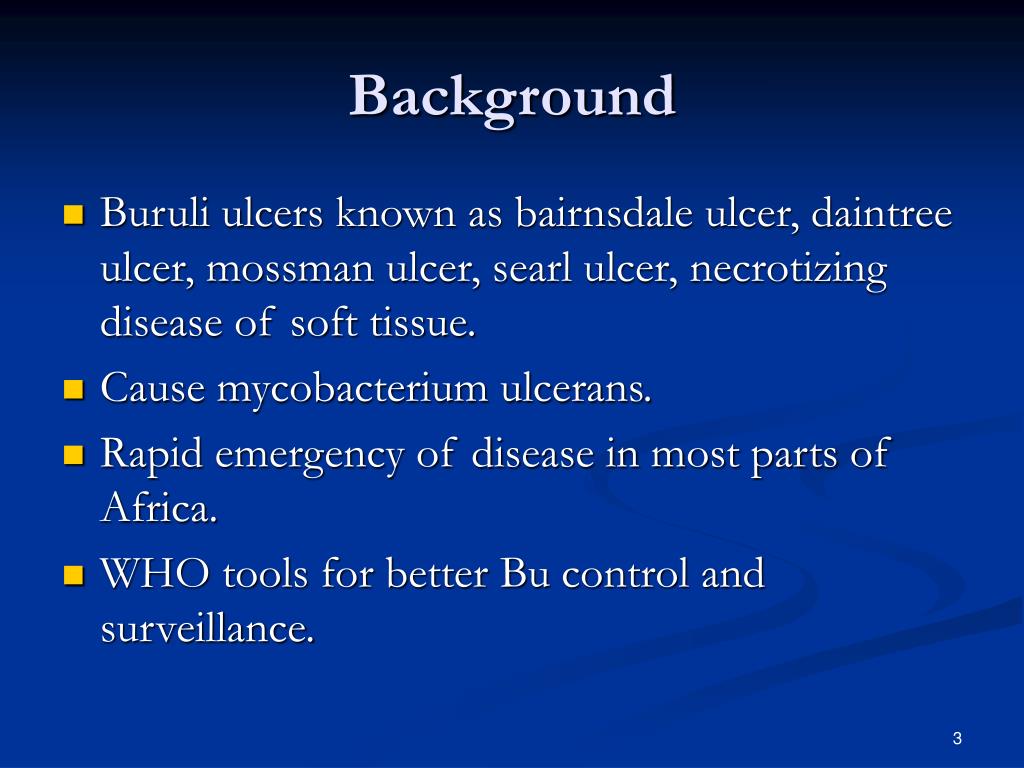
- Practice mindfulness or meditation
- Engage in regular physical activity
- Seek support from friends, family, or support groups
- Consider professional counseling or therapy if needed
The Future of Ulcer Treatment: Emerging Research and Therapies
As our understanding of ulcers and their relationship to anemia continues to evolve, researchers are exploring new avenues for prevention, diagnosis, and treatment.
Advancements in Diagnostic Tools
What new technologies are being developed for ulcer diagnosis? Emerging diagnostic tools aim to improve accuracy and reduce invasiveness:
- Advanced imaging techniques for more precise ulcer detection
- Biomarker tests for early identification of ulcer risk
- AI-assisted endoscopy for improved detection and classification of lesions
Novel Treatment Approaches
How are researchers working to improve ulcer treatment? Innovative therapies under investigation include:
- Targeted drug delivery systems for more effective ulcer healing
- Probiotics and prebiotics to support digestive health and combat H. pylori
- Gene therapy approaches to enhance mucosal protection
- Regenerative medicine techniques to promote tissue repair
Personalized Medicine
How might personalized medicine impact ulcer management? As our understanding of genetic and environmental factors in ulcer development grows, treatment approaches may become more tailored to individual patients:
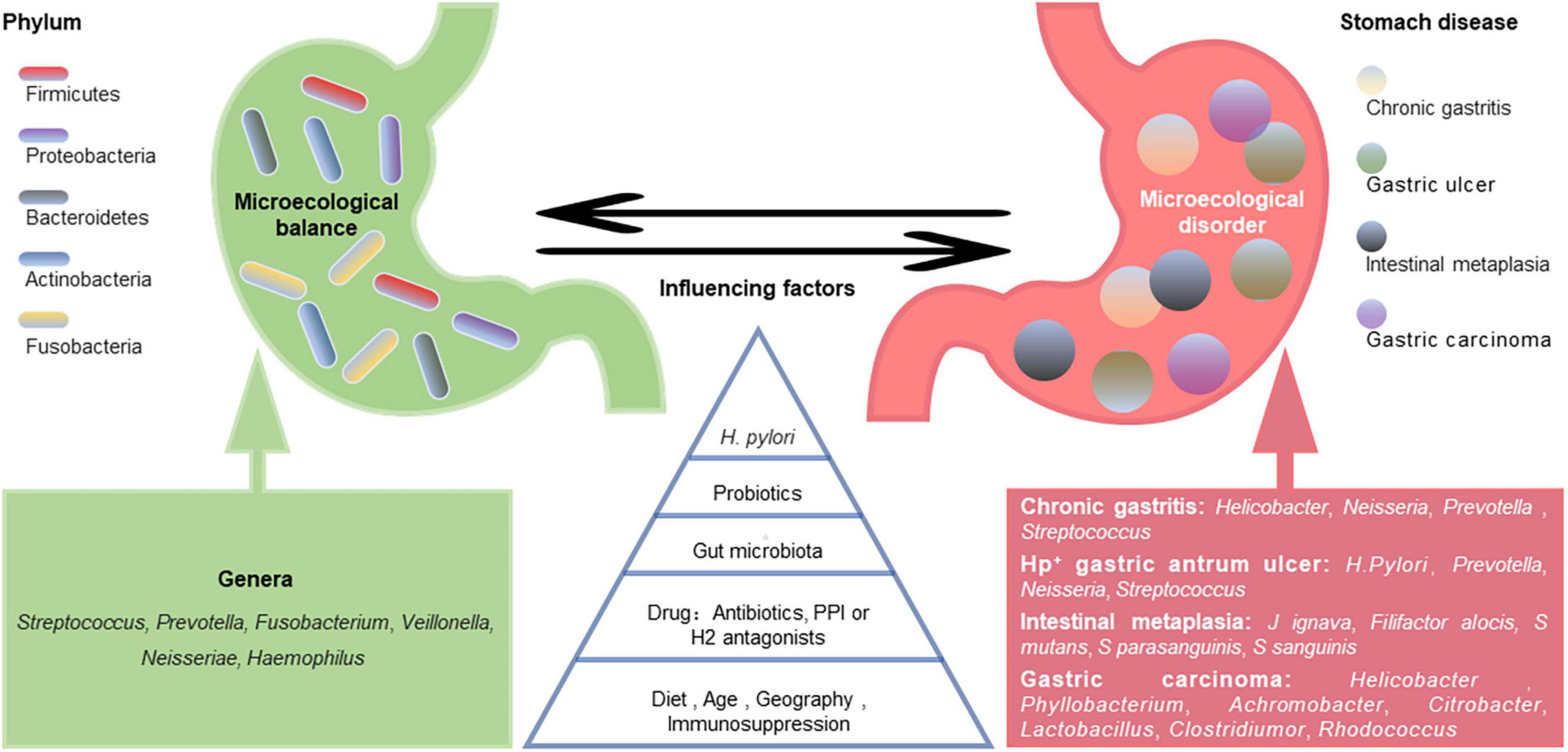
- Genetic testing to identify ulcer susceptibility
- Customized treatment plans based on individual risk factors
- Targeted therapies for specific ulcer types or causes
The continued advancement in ulcer research promises to improve outcomes for patients, potentially reducing the incidence of ulcer-related anemia and its associated complications.
What causes it and is it serious?
The term “ulcer” means a sore that does not heal quickly. If an ulcer develops at the site of a blood vessel, it can cause bleeding. Excessive ulcer bleeding is a medical emergency.
Often, when people refer to an ulcer, they mean peptic ulcers, which develop in the digestive tract. The term “peptic” means it is related to acid.
Peptic ulcers may occur in the stomach, the small intestine just below the stomach, or the esophagus (food pipe) above the stomach.
Sometimes, peptic ulcers can bleed. Doctors refer to these as bleeding ulcers. Severe bleeding, known as hemorrhaging, can be life threatening. Minor bleeding in an ulcer is typically not as serious and may go unnoticed. However, it still requires treatment.
Some of the key facts about bleeding ulcers include:
- Symptoms vary in severity. Notably, there is pain in the upper abdomen or stomach.
- Infections and some medications can cause bleeding ulcers.

- Using the correct treatment, doctors can cure bleeding ulcers.
- Diagnosis and treatment of bleeding ulcers typically involve an endoscopy.
Peptic ulcers can be difficult to diagnose because some people never display symptoms. Those who do experience symptoms often find them quite noticeable. Symptoms include:
- pain in the upper abdomen, which may get worse after eating or when the stomach is empty
- nausea, vomiting, or both
- feeling full or bloated
If a peptic ulcer begins bleeding, a person may notice:
- stools that are dark and sticky
- stools that are dark red in color
- vomit that looks similar to coffee grounds or that has blood in it
- fainting or feeling lightheaded
A person with any of these symptoms should seek emergency medical care. A severe bleeding ulcer left untreated can cause rapid blood loss and even death.
Anemia
A slow-bleeding ulcer may gradually cause anemia. Anemia means the body does not have enough red blood cells and hemoglobin, which means the body’s organs cannot get enough oxygen.
Anemia means the body does not have enough red blood cells and hemoglobin, which means the body’s organs cannot get enough oxygen.
Anemia can make a person feel tired or short of breath. It can also cause skin to appear paler than is typical.
The stomach produces powerful acids that are necessary for digestion. These acids do not typically damage the digestive tract because of its protective mucous lining.
However, in some cases, the body produces too much stomach acid, and the mucous lining becomes damaged or worn down. When this happens, the acid may damage the lining of the digestive tract and cause an ulcer.
Most peptic ulcers have clear causes. Certain factors can increase a person’s risk of developing them.
NSAIDs
Taking certain pain relief medications known as nonsteroidal anti-inflammatory drugs (NSAIDs) at high doses or for extended periods can cause peptic or bleeding ulcers. This is because NSAIDs block a particular chemical in the body that helps protect the stomach lining from acids.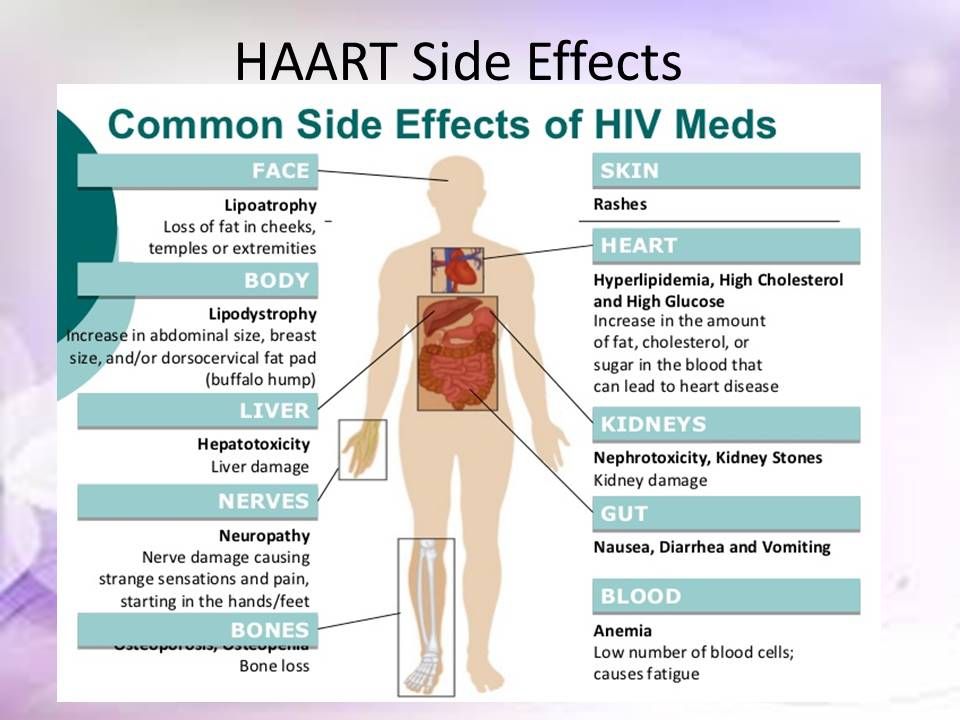
The most common NSAIDs are:
- ibuprofen
- naproxen
- aspirin
NSAIDs can also decrease the blood’s clotting ability, which can make ulcers more likely to bleed.
H. pylori infection
Helicobacter pylori (H. pylori) is a type of bacteria that can infect the stomach. It attacks the stomach’s mucous lining, allowing acid to penetrate and damage the tissues. It is a common cause of peptic ulcers, affecting around 30–40% of people in the United States.
Experts do not know for sure how people contract H. pylori. However, some believe it comes from contaminated food and water.
H. pylori may also spread from person to person. Being diligent about hand washing and doing what you can to avoid consuming contaminated food and beverages (such as foods kept in unsanitary conditions or dirty water) are the only known ways to avoid the infection.
Zollinger-Ellison syndrome
Zollinger-Ellison syndrome (ZES) is an uncommon condition that causes tumors in the stomach, duodenum, or pancreas.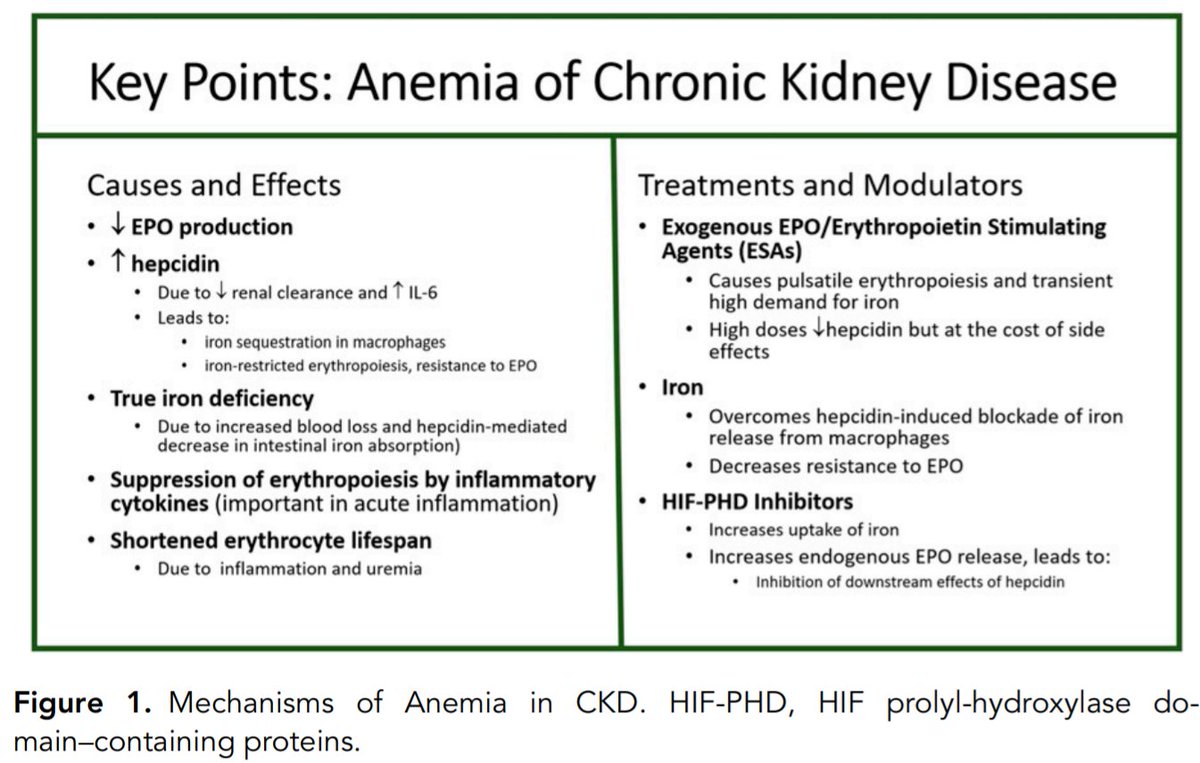 These tumors cause the stomach to produce more acid than it needs, leading to peptic ulcers. The tumors caused by ZES may or may not be cancerous.
These tumors cause the stomach to produce more acid than it needs, leading to peptic ulcers. The tumors caused by ZES may or may not be cancerous.
According to the National Institute of Diabetes and Digestive and Kidney Diseases, ZES is rare, occurring in only 0.5 to 3 out of every 1 million people.
Symptoms of ZES may be similar to those of peptic ulcers, such as dull or burning pain in the belly, and digestive problems such as diarrhea, nausea, decreased appetite, bloating, and burping. Experts believe it causes less than 1% of all peptic ulcers.
Ulcers with other causes
According to a study from 2012, H. pylori and NSAIDs are the most prevalent causes of peptic ulcers. However, a newer review in the Asian Pacific Journal of Cancer Prevention states that ulcers without H. pylori infection or NSAID involvement are increasing.
The study, which took place in Thailand, suggests that other factors such as alcohol, other infections, medications, or diseases including stomach and intestinal cancer, may be to blame.
Quickly treating peptic ulcers, especially bleeding peptic ulcers, is the best way to avoid complications. If a person does not seek treatment for the ulcers, certain conditions can arise, such as:
- Severe internal bleeding: This can lead to hemorrhaging and is a medical emergency.
- Perforation: This is when the lining of the stomach splits open. This rare and severe complication can lead to stomach bacteria infecting the lining of the abdomen. This is called peritonitis.
- Gastric outlet obstruction: This is when a scarred or swollen stomach ulcer stops food from getting into the digestive system.
People with symptoms of a peptic ulcer may undergo a test known as an upper endoscopy. A doctor passes a lighted, flexible tube with a camera through the mouth and into the stomach. In some cases, it is possible to treat a bleeding ulcer during the endoscopy.
Doctors often treat peptic ulcers with medications that block or reduce stomach acid. These medicines include:
These medicines include:
- Proton pump inhibitors: Examples include dexlansoprazole (Dexilant), omeprazole (Prilosec, Zegerid), lansoprazole (Prevacid), pantoprazole (Protonix), and rabeprazole (Aciphex).
- h3 blockers: Examples include cimetidine (Tagamet), famotidine (Pepcid), and nizatidine (Axid).
People who take NSAIDs and have a peptic ulcer may need to stop taking NSAIDs temporarily.
If a doctor diagnoses a person with an H.pylori infection, they will prescribe antibiotics and other medicines to kill the bacteria. H. pylori can be difficult to kill, so to ensure that the treatment is successful, a person must take all medicines as prescribed, even if they feel better.
After a person receives treatment for H. pylori, they should follow up with a healthcare professional for testing to make sure the infection is gone. H. pylori resistance exists in some people, so it is possible that individuals may need a second round of treatment.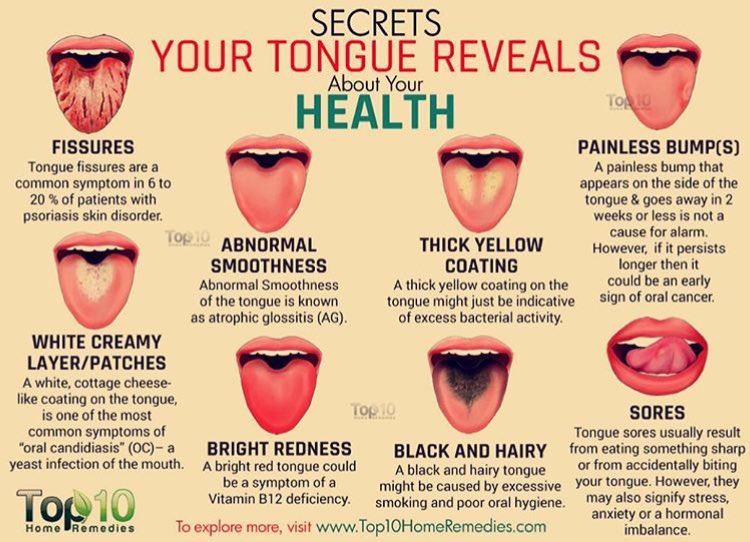
It is not always possible to completely prevent peptic ulcers, especially in the cases of an H. pylori infection or another genetic condition. There are, however, certain risk factors that can make the development of an ulcer more likely, or that can exacerbate an ulcer until symptoms such as bleeding occur.
Some of these risk factors include:
- older age
- smoking
- heavy alcohol consumption
- past heavy alcohol consumption
- obesity
- certain chronic conditions
For many years, people thought peptic ulcers were caused by stress or spicy foods. The American College of Gastroenterology says that these factors do not cause peptic ulcers, although they may aggravate an ulcer that is already present.
A person living with ulcers does not typically need to follow a special diet. However, taking medications as prescribed is key.
An ulcer refers to any type of wound, internal or external, which does not heal correctly. A person can develop ulcers in many parts of the body. However, the most common area is in and around the digestive tract. Doctors call this type of ulcer a peptic ulcer.
A person can develop ulcers in many parts of the body. However, the most common area is in and around the digestive tract. Doctors call this type of ulcer a peptic ulcer.
Sometimes, peptic ulcers can bleed. However, this is not always a cause for concern and may not always cause noticeable symptoms.
With the correct treatment, a peptic ulcer — even one that causes minor bleeding — can heal, and most people recover completely. They may need to avoid taking NSAIDs temporarily, and many people need a follow-up endoscopy to ensure the ulcer is gone.
Even though minor bleeding from peptic ulcers is not life threatening, a person should talk with a doctor if they believe they have symptoms. This is because, over time, minor bleeding can become severe and can cause a medical emergency.
What causes it and is it serious?
The term “ulcer” means a sore that does not heal quickly. If an ulcer develops at the site of a blood vessel, it can cause bleeding. Excessive ulcer bleeding is a medical emergency.
Often, when people refer to an ulcer, they mean peptic ulcers, which develop in the digestive tract. The term “peptic” means it is related to acid.
Peptic ulcers may occur in the stomach, the small intestine just below the stomach, or the esophagus (food pipe) above the stomach.
Sometimes, peptic ulcers can bleed. Doctors refer to these as bleeding ulcers. Severe bleeding, known as hemorrhaging, can be life threatening. Minor bleeding in an ulcer is typically not as serious and may go unnoticed. However, it still requires treatment.
Some of the key facts about bleeding ulcers include:
- Symptoms vary in severity. Notably, there is pain in the upper abdomen or stomach.
- Infections and some medications can cause bleeding ulcers.
- Using the correct treatment, doctors can cure bleeding ulcers.
- Diagnosis and treatment of bleeding ulcers typically involve an endoscopy.
Peptic ulcers can be difficult to diagnose because some people never display symptoms.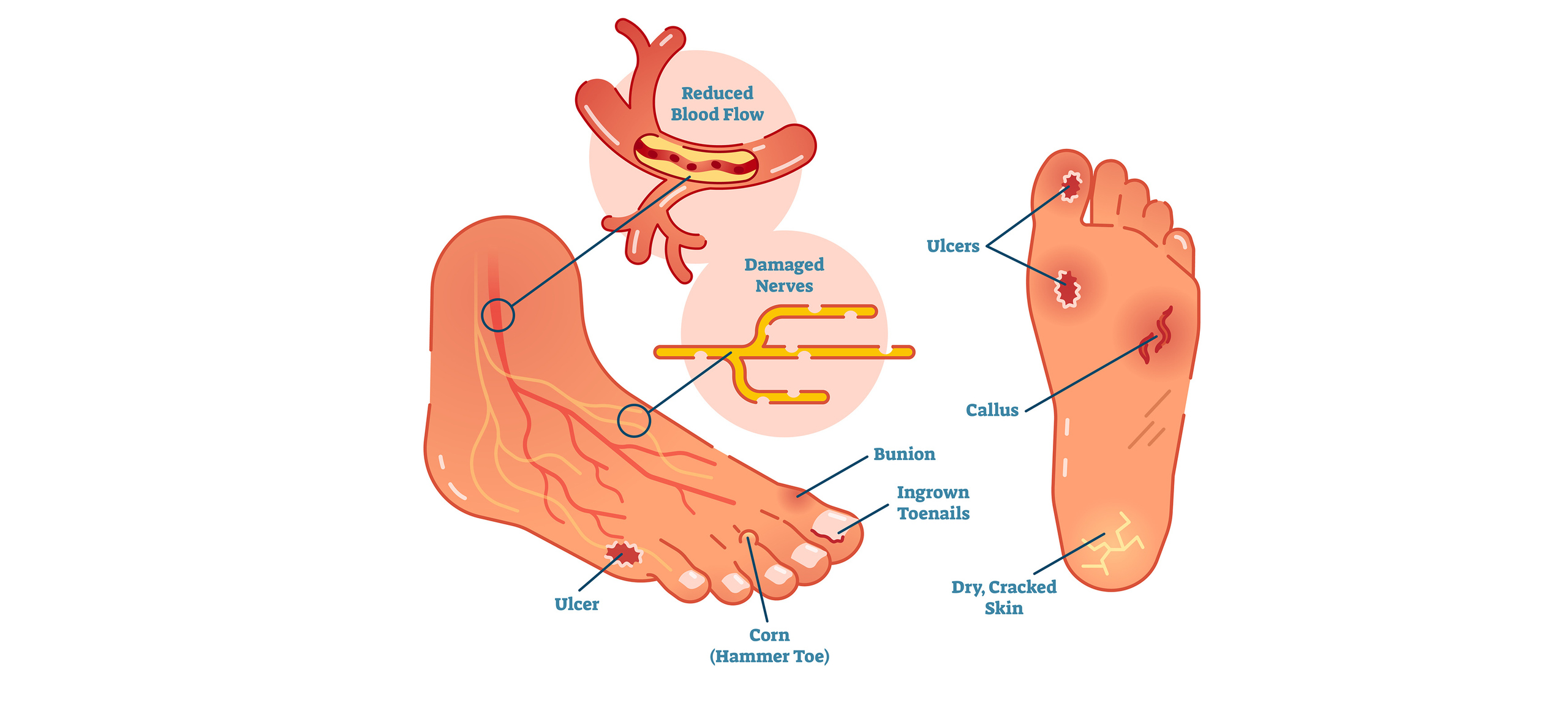 Those who do experience symptoms often find them quite noticeable. Symptoms include:
Those who do experience symptoms often find them quite noticeable. Symptoms include:
- pain in the upper abdomen, which may get worse after eating or when the stomach is empty
- nausea, vomiting, or both
- feeling full or bloated
If a peptic ulcer begins bleeding, a person may notice:
- stools that are dark and sticky
- stools that are dark red in color
- vomit that looks similar to coffee grounds or that has blood in it
- fainting or feeling lightheaded
A person with any of these symptoms should seek emergency medical care. A severe bleeding ulcer left untreated can cause rapid blood loss and even death.
Anemia
A slow-bleeding ulcer may gradually cause anemia. Anemia means the body does not have enough red blood cells and hemoglobin, which means the body’s organs cannot get enough oxygen.
Anemia can make a person feel tired or short of breath. It can also cause skin to appear paler than is typical.
The stomach produces powerful acids that are necessary for digestion. These acids do not typically damage the digestive tract because of its protective mucous lining.
However, in some cases, the body produces too much stomach acid, and the mucous lining becomes damaged or worn down. When this happens, the acid may damage the lining of the digestive tract and cause an ulcer.
Most peptic ulcers have clear causes. Certain factors can increase a person’s risk of developing them.
NSAIDs
Taking certain pain relief medications known as nonsteroidal anti-inflammatory drugs (NSAIDs) at high doses or for extended periods can cause peptic or bleeding ulcers. This is because NSAIDs block a particular chemical in the body that helps protect the stomach lining from acids.
The most common NSAIDs are:
- ibuprofen
- naproxen
- aspirin
NSAIDs can also decrease the blood’s clotting ability, which can make ulcers more likely to bleed.
H. pylori infection
pylori infection
Helicobacter pylori (H. pylori) is a type of bacteria that can infect the stomach. It attacks the stomach’s mucous lining, allowing acid to penetrate and damage the tissues. It is a common cause of peptic ulcers, affecting around 30–40% of people in the United States.
Experts do not know for sure how people contract H. pylori. However, some believe it comes from contaminated food and water.
H. pylori may also spread from person to person. Being diligent about hand washing and doing what you can to avoid consuming contaminated food and beverages (such as foods kept in unsanitary conditions or dirty water) are the only known ways to avoid the infection.
Zollinger-Ellison syndrome
Zollinger-Ellison syndrome (ZES) is an uncommon condition that causes tumors in the stomach, duodenum, or pancreas. These tumors cause the stomach to produce more acid than it needs, leading to peptic ulcers. The tumors caused by ZES may or may not be cancerous.
According to the National Institute of Diabetes and Digestive and Kidney Diseases, ZES is rare, occurring in only 0.5 to 3 out of every 1 million people.
Symptoms of ZES may be similar to those of peptic ulcers, such as dull or burning pain in the belly, and digestive problems such as diarrhea, nausea, decreased appetite, bloating, and burping. Experts believe it causes less than 1% of all peptic ulcers.
Ulcers with other causes
According to a study from 2012, H. pylori and NSAIDs are the most prevalent causes of peptic ulcers. However, a newer review in the Asian Pacific Journal of Cancer Prevention states that ulcers without H. pylori infection or NSAID involvement are increasing.
The study, which took place in Thailand, suggests that other factors such as alcohol, other infections, medications, or diseases including stomach and intestinal cancer, may be to blame.
Quickly treating peptic ulcers, especially bleeding peptic ulcers, is the best way to avoid complications.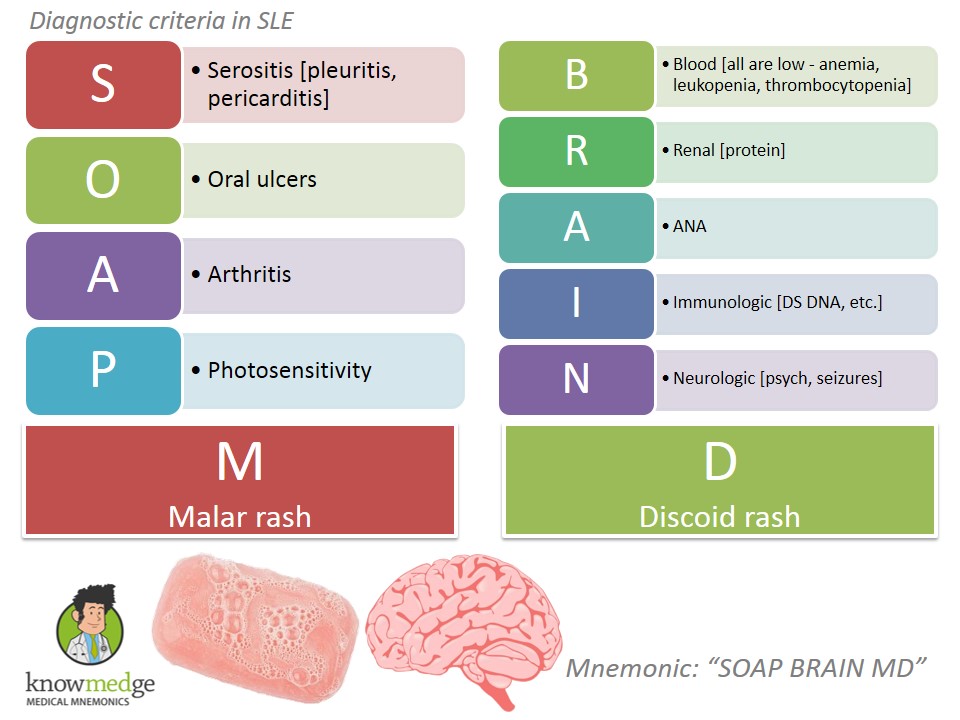 If a person does not seek treatment for the ulcers, certain conditions can arise, such as:
If a person does not seek treatment for the ulcers, certain conditions can arise, such as:
- Severe internal bleeding: This can lead to hemorrhaging and is a medical emergency.
- Perforation: This is when the lining of the stomach splits open. This rare and severe complication can lead to stomach bacteria infecting the lining of the abdomen. This is called peritonitis.
- Gastric outlet obstruction: This is when a scarred or swollen stomach ulcer stops food from getting into the digestive system.
People with symptoms of a peptic ulcer may undergo a test known as an upper endoscopy. A doctor passes a lighted, flexible tube with a camera through the mouth and into the stomach. In some cases, it is possible to treat a bleeding ulcer during the endoscopy.
Doctors often treat peptic ulcers with medications that block or reduce stomach acid. These medicines include:
- Proton pump inhibitors: Examples include dexlansoprazole (Dexilant), omeprazole (Prilosec, Zegerid), lansoprazole (Prevacid), pantoprazole (Protonix), and rabeprazole (Aciphex).

- h3 blockers: Examples include cimetidine (Tagamet), famotidine (Pepcid), and nizatidine (Axid).
People who take NSAIDs and have a peptic ulcer may need to stop taking NSAIDs temporarily.
If a doctor diagnoses a person with an H.pylori infection, they will prescribe antibiotics and other medicines to kill the bacteria. H. pylori can be difficult to kill, so to ensure that the treatment is successful, a person must take all medicines as prescribed, even if they feel better.
After a person receives treatment for H. pylori, they should follow up with a healthcare professional for testing to make sure the infection is gone. H. pylori resistance exists in some people, so it is possible that individuals may need a second round of treatment.
It is not always possible to completely prevent peptic ulcers, especially in the cases of an H. pylori infection or another genetic condition. There are, however, certain risk factors that can make the development of an ulcer more likely, or that can exacerbate an ulcer until symptoms such as bleeding occur.
Some of these risk factors include:
- older age
- smoking
- heavy alcohol consumption
- past heavy alcohol consumption
- obesity
- certain chronic conditions
For many years, people thought peptic ulcers were caused by stress or spicy foods. The American College of Gastroenterology says that these factors do not cause peptic ulcers, although they may aggravate an ulcer that is already present.
A person living with ulcers does not typically need to follow a special diet. However, taking medications as prescribed is key.
An ulcer refers to any type of wound, internal or external, which does not heal correctly. A person can develop ulcers in many parts of the body. However, the most common area is in and around the digestive tract. Doctors call this type of ulcer a peptic ulcer.
Sometimes, peptic ulcers can bleed. However, this is not always a cause for concern and may not always cause noticeable symptoms.
With the correct treatment, a peptic ulcer — even one that causes minor bleeding — can heal, and most people recover completely. They may need to avoid taking NSAIDs temporarily, and many people need a follow-up endoscopy to ensure the ulcer is gone.
They may need to avoid taking NSAIDs temporarily, and many people need a follow-up endoscopy to ensure the ulcer is gone.
Even though minor bleeding from peptic ulcers is not life threatening, a person should talk with a doctor if they believe they have symptoms. This is because, over time, minor bleeding can become severe and can cause a medical emergency.
Why does anemia often occur after removal of the stomach due to peptic ulcer?
Contents
- 1 Why is anemia after gastrectomy due to peptic ulcer a common problem?
- 1.1 Why does anemia occur after gastrectomy due to peptic ulcer?
- 1.2 Peptic ulcer and its treatment
- 1.2.1 Causes of peptic ulcer
- 1.2.2 Treatment of peptic ulcer
- 1.2.3 Consequences of removal of part of the stomach
- 1.3 Relationship between anemia and gastrectomy
- 1.4 The process of digestion and the role of the stomach in it
- 1.4.1 Degradation of proteins in the stomach
- 1.
 4.2 Digestion of nutrients
4.2 Digestion of nutrients
9000 5 1.4.3 Complications after removal of the stomach
- 1.5 Development of anemia after gastrectomy
- 1.6 Why can anemia be a problem after gastric removal?
- 1.6.1 Symptoms of anemia and its consequences
- 1.7 Diagnosis of anemia after gastrectomy
- 1.7.1 Clinical signs of anemia after surgery
- 1.7.2 Diagnosis and treatment of anemia
- 1.8 How anemia can be prevented
- 1.9 Anemia treatment
- 9 0005 1.9.1 Iron replenishment
- 1.9.2 Blood transfusions
- 1.9.3 Nutrition
- 1.9.4 Removal of the cause of anemia
- 1.10.1 Nutrition:
- 1.10.2 Vitamins:
- 1.10.3 Regular examinations and tests:
- 1.10.4 Medical consultation:
- 1.
 12.0.1 Why Can Anemia Occur After Stomach Removal Surgery?
12.0.1 Why Can Anemia Occur After Stomach Removal Surgery? - 1.12.0.2 What other factors can influence the development of anemia after gastrectomy?
- 1.12.0.3 Can anemia be prevented after gastrectomy?
- 1.12.0.4 What foods should be included in your diet to prevent anemia after gastrectomy?
- 1.12.0.5 What are the signs of possible anemia after gastrectomy?
- 1.12.0.6 How is anemia treated after gastrectomy?
- 1.
Anemia after gastric resection for peptic ulcer is often caused by the final atypical form of pale anemia with the development of megaloblastic anemia.
Peptic ulcer is a common stomach disorder that often leads to surgery. Removing the stomach can save a patient’s life, but it can also cause many complications, one of which is anemia.
Anemia is a condition in which the level of hemoglobin in the blood decreases, which can lead to weakness, lack of energy and other health problems. It often develops in patients who have had their stomach removed due to peptic ulcer disease because iron, which is needed to form hemoglobin, is poorly absorbed from the intestines.
It often develops in patients who have had their stomach removed due to peptic ulcer disease because iron, which is needed to form hemoglobin, is poorly absorbed from the intestines.
Compared to other gastric surgery, gastric removal for peptic ulcers is particularly risky in terms of anemia. This is because iron, which is normally absorbed in the upper intestine, cannot be adequately absorbed in the lower intestine, where food is transported after surgery.
It is also worth noting that patients who have had their stomach removed may become deficient in vitamin B12, which is also needed to create hemoglobin. However, this is not the only reason for developing anemia after gastrectomy, and patients who have been the victims of this operation should understand the risks and communicate with their doctor about the treatment of this condition.
Why does anemia occur after removal of the stomach due to peptic ulcer?
Anemia is a condition where the level of hemoglobin in the blood falls below normal.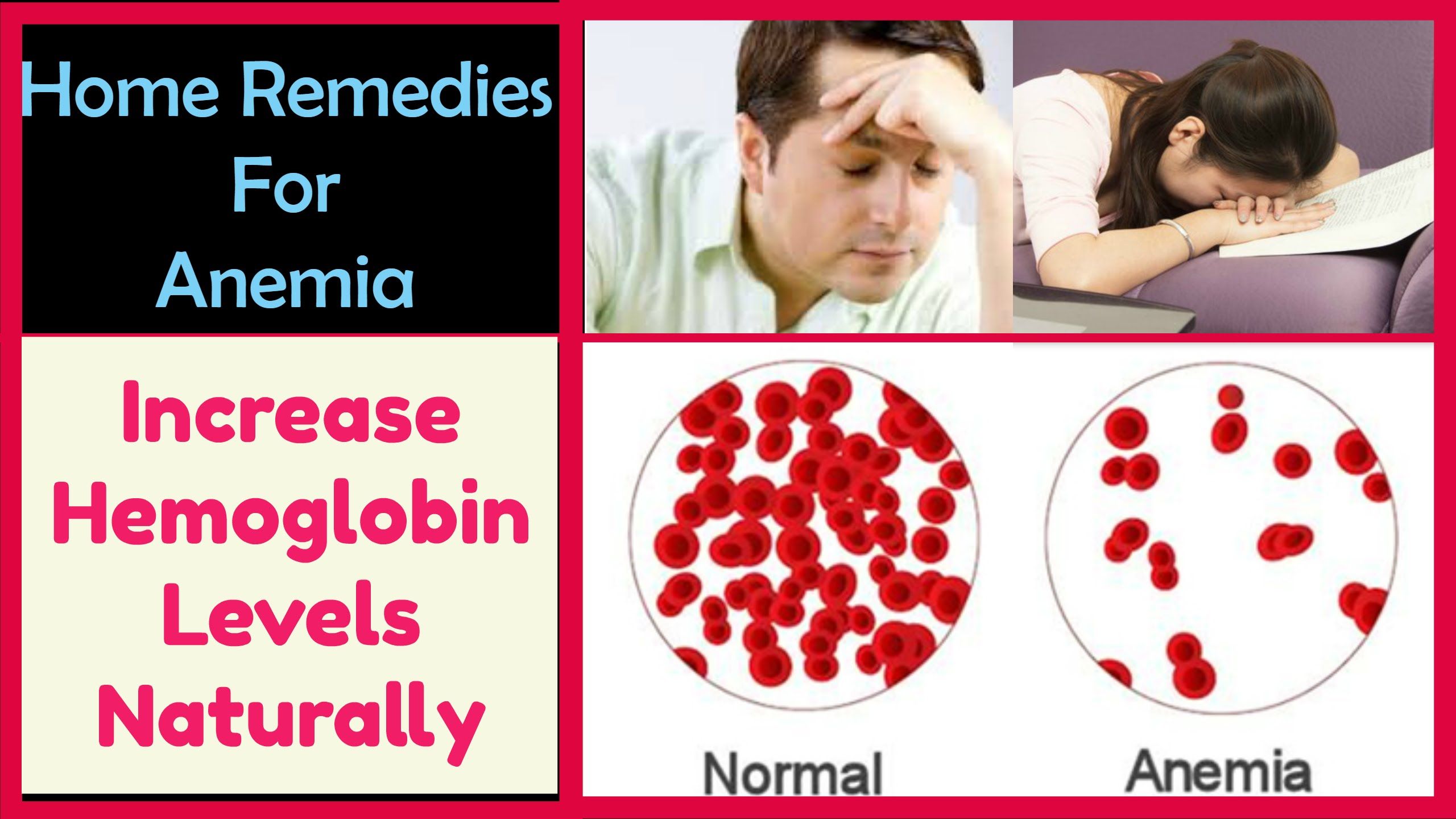 One of the main functions of hemoglobin is to carry oxygen from the lungs to the tissues. Anemia often occurs after the removal of the stomach due to a peptic ulcer.
One of the main functions of hemoglobin is to carry oxygen from the lungs to the tissues. Anemia often occurs after the removal of the stomach due to a peptic ulcer.
In this operation, the stomach is removed or cut and connected to the duodenum. This can lead to disruption of the digestive process and a decrease in nutrients such as iron, vitamin B12 and folate, which are essential for the formation of hemoglobin.
Deficiency of these substances can lead to a slowdown in the production of red blood cells, which contain hemoglobin. Red blood cells are responsible for carrying oxygen and carbon dioxide in the body.
Therefore, in order to prevent anemia, patients after gastrectomy are advised to regularly take nutritional supplements containing iron, vitamin B12 and folate. It is also important to follow a proper diet and seek the advice of a doctor if symptoms of anemia occur, such as weakness, fatigue, dizziness, and pale skin.
Peptic ulcer disease and its treatment
Causes of peptic ulcer disease
Peptic ulcer disease in the stomach or duodenum can occur due to many factors. One of these is Helicobacter pylori infection, which attacks the lining of the stomach and intestines, causing inflammation and ulcers. Another reason is the use of poor-quality and improper food, which can have an irritating effect on the mucous membrane of the stomach and intestines.
One of these is Helicobacter pylori infection, which attacks the lining of the stomach and intestines, causing inflammation and ulcers. Another reason is the use of poor-quality and improper food, which can have an irritating effect on the mucous membrane of the stomach and intestines.
Treatments for peptic ulcers
Peptic ulcers are treated in a variety of ways, depending on its cause and severity. One of the main methods is antibiotic treatment to kill Helicobacter pylori. In addition, patients are prescribed drugs that protect the mucous membrane of the stomach and intestines from irritating factors.
Severe cases of peptic ulcer may require surgery to remove part of the stomach or intestines, which can reduce acid production and reduce the risk of ulcers.
Consequences of removal of part of the stomach
Removal of part of the stomach for peptic ulcer may be necessary in some cases. However, there are a number of negative consequences of this procedure.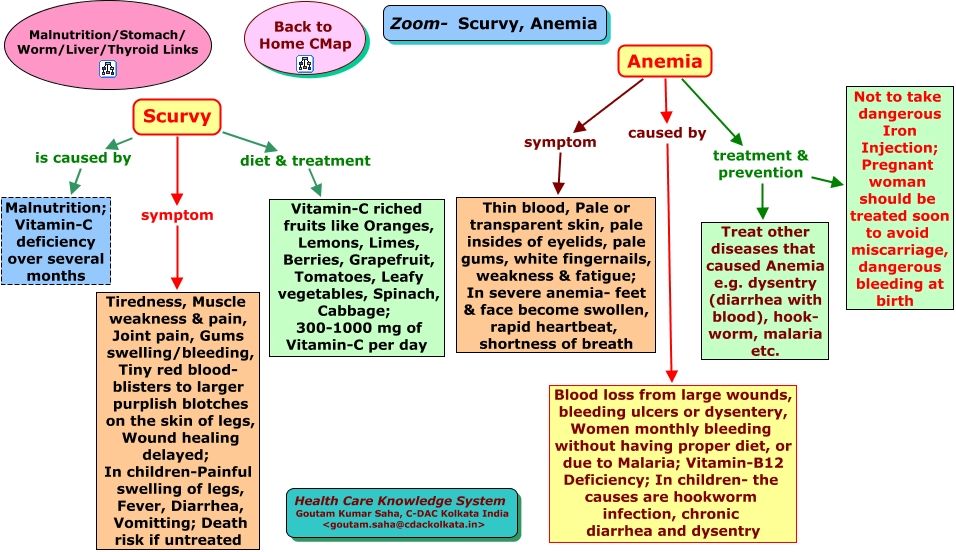 So, after removing the stomach, a person may face the problem of anemia, since the amount of iron necessary for the formation of red blood cells decreases.
So, after removing the stomach, a person may face the problem of anemia, since the amount of iron necessary for the formation of red blood cells decreases.
Therefore, it is very important that patients who have undergone such an operation monitor their health, follow the recommendations of doctors and their own diet.
Relationship between anemia and gastric removal
After gastric removal, patients often develop anemia, which is associated with a lack of vitamin B12 and iron in the body.
When the stomach is removed, the food does not pass through it in its natural way, which means that the food components are not absorbed in the same way as before. The lack of vitamin B12 can be explained by the fact that in most cases it is absorbed in the stomach. In addition, iron, which is essential for red blood cells, may also not be absorbed properly.
Anemia patients may experience fatigue, weakness and dizziness. They may also experience breathing problems and feel short of breath. Therefore, it is important that patients who have had their stomach removed receive regular medical care to help them properly manage their body levels of these important nutrients.
Therefore, it is important that patients who have had their stomach removed receive regular medical care to help them properly manage their body levels of these important nutrients.
- Conclusion : Removal of the stomach can lead to anemia, which means that patients need to eat a diet that contains adequate amounts of vitamin B12 and iron. They should also be monitored regularly by a doctor to ensure the right balance of nutrients and prevent possible complications.
The process of digestion and the role of the stomach in it
The destruction of proteins in the stomach
The stomach is an important organ of the human digestive system. It performs many functions, one of which is food processing. When a person eats, food passes through the esophagus and into the stomach. Here it mixes with gastric juice, which contains acid and enzymes needed to break down proteins. During this process, proteins are broken down at the molecular level and converted into amino acids.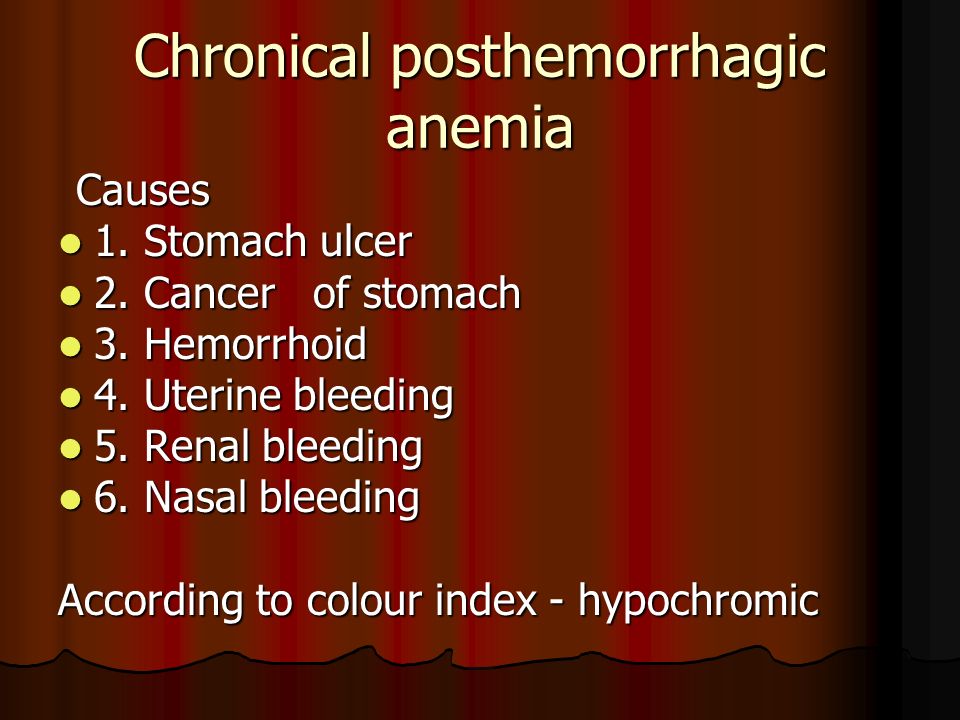
Nutrient absorption
After being processed in the stomach, food passes to the intestines where nutrients are absorbed. The stomach plays an important role in this process: it controls the rate of exit of food, allowing you to maintain an even flow of nutrients in the intestines for optimal absorption.
Complications after removal of the stomach
Removal of the stomach due to peptic ulcer can lead to a violation of the digestive process. In the absence of a stomach, the enzymes and acid it contains cannot mix with and process food. In addition, the stomach is the main source of intrinsic factor production, which is necessary for the absorption of vitamin B12, which can also lead to anemia due to a deficiency of this vitamin. As a result of these disorders, a decrease in the level of hemoglobin in the blood and the development of anemia are possible.
Development of anemia after removal of the stomach
After the removal of the stomach, the patient’s production of intrinsic factor, which is responsible for the absorption of vitamin B12, decreases.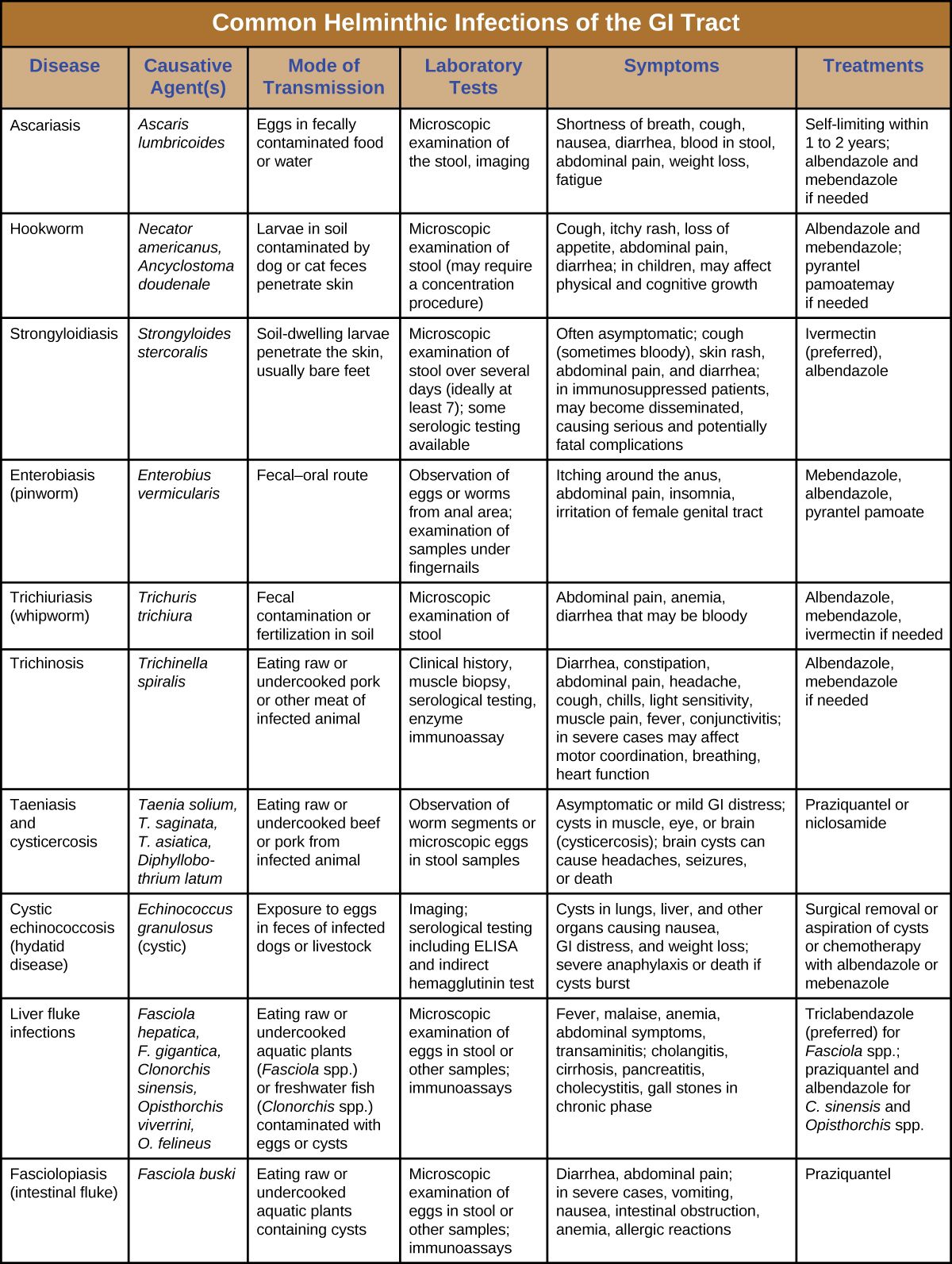 This vitamin is necessary for the formation of hemoglobin, a substance responsible for transporting oxygen in the blood. Therefore, a lack of vitamin B12 leads to the development of anemia.
This vitamin is necessary for the formation of hemoglobin, a substance responsible for transporting oxygen in the blood. Therefore, a lack of vitamin B12 leads to the development of anemia.
In addition, after the operation, the amount of iron, zinc and copper in the liver decreases, which in turn inhibits the creation of hemoglobin.
Treatment of anemia after gastrectomy includes iron supplementation, oxygen therapy, and vitamin B12 injections. Regular examination and consultation with a doctor will help prevent the development of further complications.
Why can anemia be a problem after gastrectomy?
Symptoms and effects of anemia
Anemia is a condition where there are not enough red blood cells containing hemoglobin in the body. It can become a problem after the stomach is removed due to a peptic ulcer due to the fact that the body loses the ability to take in the right amount of nutrients needed to form red blood cells.
Symptoms of anemia include fatigue, weakness, shortness of breath, dizziness, insomnia, changes in appetite and taste, and changes in urine and stool.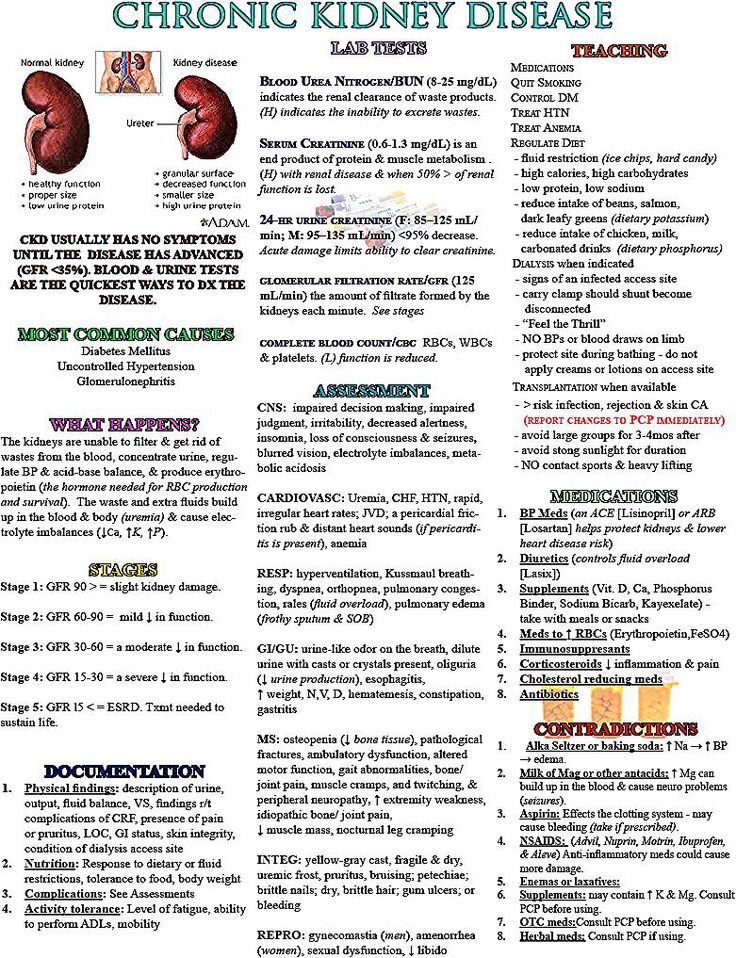 These symptoms may not be very noticeable at the beginning, but may worsen over time.
These symptoms may not be very noticeable at the beginning, but may worsen over time.
The consequences of anemia can be serious if left untreated. Low oxygen levels in the body can damage organs such as the heart and brain. It is important to see a doctor if you have signs of anemia after having your stomach removed due to a peptic ulcer. The doctor may recommend additional treatment to reduce the risk of the effects of anemia.
In general, it is important to take care of your health and overall well-being after gastrectomy, and to visit your doctor regularly to assess your overall health.
Diagnosis of anemia after removal of the stomach
Clinical signs of anemia after surgery
Anemia is one of the most common complications after removal of the stomach due to peptic ulcer. This type of anemia is called pernicious, since its cause is associated with inadequate absorption of vitamin B12, which is synthesized in the stomach. The main clinical signs of anemia are:
The main clinical signs of anemia are:
- weakness and fatigue;
- dizziness and loss of consciousness;
- pale skin and visible mucous membranes;
- dazedness and incoordination;
- fast pulse and low blood pressure.
Diagnosis and treatment of anemia
The main method for diagnosing anemia is to conduct tests for hemoglobin levels and quantitative changes in red blood cells. Serum iron and vitamin B12 levels should also be checked. To treat a lack of vitamin B12, injections are prescribed, which are done regularly in order to maintain a normal level of this vitamin in the patient’s body.
In any case, at the first manifestations of anemia, it is necessary to consult a doctor and conduct a comprehensive diagnosis to determine the cause and choose the most effective method of treatment.
How to prevent anemia
Nutrition:
- Increase your iron intake. Your body is no longer producing enough oxygen and vitamins, so you need to include iron-rich foods such as red meat, chicken, fish, spinach, and peas in your diet.

- Keep iron and copper in balance. Your body also needs copper to use iron properly, so try to include wheat bran, nuts, and dried fruit in your diet.
- Eat more folic acid. This may help prevent red blood cell deficiency. Include green vegetables, fruits, legumes in your diet.
Daily routine:
- Sleep enough. Your body needs sleep to recuperate, rest and perform all the necessary functions. Aim for 7-8 hours of sleep per night.
- Don’t overwork yourself. Taking regular breaks will help rejuvenate and improve your overall health.
Calming methods:
- Stress can have a negative effect on your health. Try relaxing with soothing music, meditation, deep breathing, yoga, or other ways to reduce your stress levels.
Vitamin complexes:
- On the advice of a doctor, you can take vitamin complexes to help your body achieve an optimal balance of nutrients and neutralize the lack of red blood cells.

Anemia Treatments
Iron Replenishment
One of the most common treatments for iron deficiency anemia is to replenish the body’s iron stores. Patients are given iron supplements, which can be taken in the form of tablets, capsules, injections, or infusions. To achieve the best result, long-term and regular use of these drugs is necessary.
Blood transfusions
In severe cases, when the level of hemoglobin in the blood is very low, a blood transfusion may be required. This treatment method, which is used only in extreme cases, helps to quickly restore hemoglobin levels and, therefore, improve the patient’s condition.
Nutrition
It is important to pay attention to the patient’s diet, as eating certain foods can help improve the absorption of iron by the body. For example, red meat, liver, eggs, green vegetables (spinach, broccoli) and others are rich in iron. It’s also important to get enough vitamin C, which helps absorb iron from food.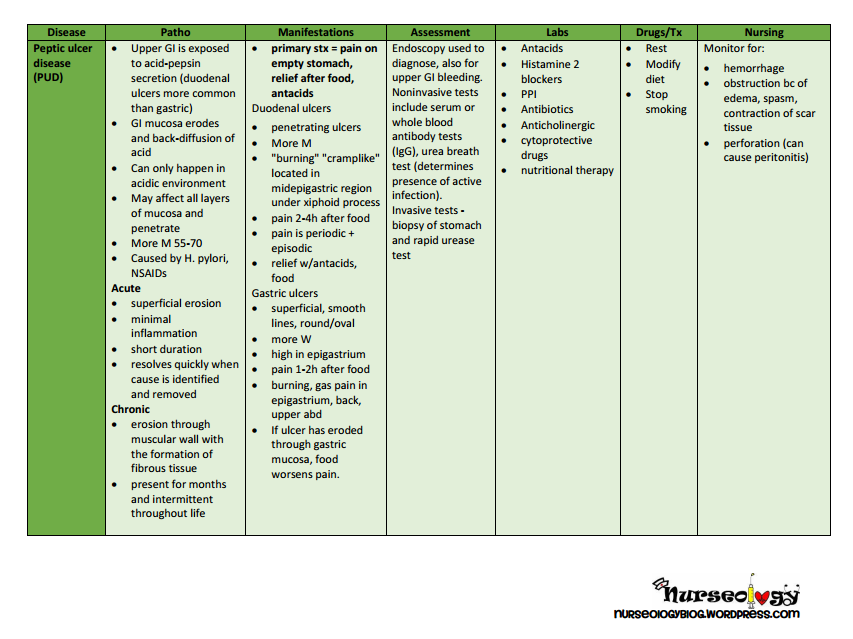
Removal of the cause of anemia
If anemia is caused by a disease, that cause must be treated. For example, if the cause is bleeding, then it is necessary to stop it and carry out additional procedures to restore the lost blood volume. Any therapy is aimed at eliminating the cause of anemia and restoring the level of hemoglobin in the blood to the optimal value.
Prevention and health management to prevent anemia after gastric removal
Nutrition:
In the absence of a stomach, the digestive process changes and great attention must be paid to nutrition. It is recommended to follow a regular meal, do not skip breakfast and dinner, increase the amount of protein in the diet. Consuming iron-rich foods like buckwheat, beef, berries, and dark green vegetables can also help prevent anemia.
Vitamins:
After stomach removal, additional vitamins such as B12 and folic acid may be needed to build healthy red blood cells. Essential vitamins can be obtained from a specially selected complex of vitamins or from foods containing them in high concentrations.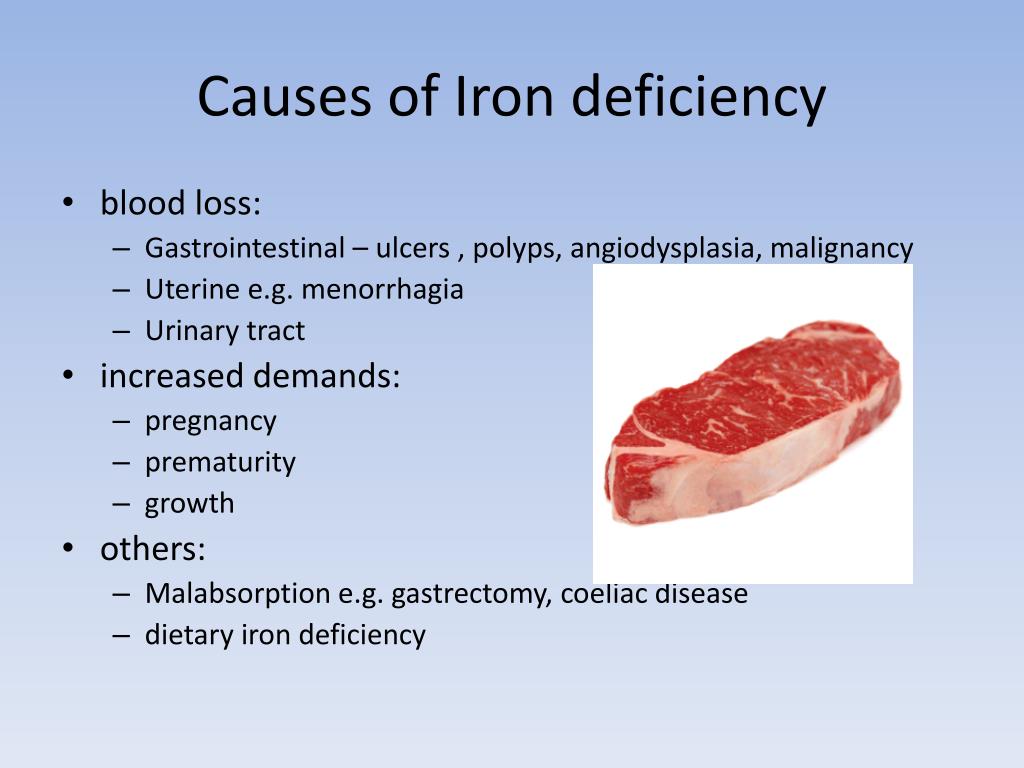
Regular check-ups and tests:
After gastrectomy, it is important to have regular check-ups to monitor your health and detect anemia in time. Your doctor may order blood tests to check your iron levels and other health indicators, as well as monitor your hemoglobin levels in your blood.
Medical consultation:
If you have had stomach surgery, it is important to monitor your health and contact your doctor promptly if you have any problems. The doctor may give nutritional advice, prescribe medications, or additional treatments to maintain health.
Related videos:
Q&A:
Why can anemia occur after stomach surgery?
Removal of the stomach reduces the amount of acid in the gastric juice, which reduces the body’s ability to absorb iron and vitamin B12, necessary for the production of red blood cells. As a result, anemia may occur.
As a result, anemia may occur.
What other factors can influence the development of anemia after gastrectomy?
In addition to a lack of iron and vitamin B12, factors such as blood loss during surgery, the development of inflammatory processes in the gastrointestinal tract and indigestion can affect the occurrence of anemia.
Can anemia be prevented after gastrectomy?
Yes, you can. To do this, you need to monitor your diet and eat foods rich in iron and vitamin B12. It is also worth regularly undergoing medical examinations to check the level of hemoglobin and other indicators of the state of the blood.
What foods should be included in your diet to prevent anemia after gastrectomy?
To compensate for iron deficiency, it is recommended to eat meat (beef, rabbit, lamb), liver, eggs, fish and seafood. To get enough vitamin B12, dairy products, eggs and meat, as well as vitamin-fortified foods (such as cereals) are helpful.
What are the signs of possible anemia after gastrectomy?
The main signs of anemia include fatigue and weakness, dizziness, palpitations, shortness of breath, pale skin and mucous membranes, as well as decreased appetite and poor digestion. If you have these symptoms, you should contact your doctor for the necessary tests.
If you have these symptoms, you should contact your doctor for the necessary tests.
How is anemia treated after gastrectomy?
Anemia can be treated with iron and vitamins and drugs that stimulate red blood cell production. In some cases, a blood transfusion may be required. However, anemia should only be diagnosed and treated by a doctor.
Become an “iron man”. Low hemoglobin is a sign of ulcers and even cancer | Healthy life | Health
Julia Borta
Estimated reading time: 6 minutes
15185
/ garagestock / Shutterstock.com
Loss of energy, depression, pallor, hair loss and dry skin, palpitations or shortness of breath, drowsiness and irritability are common signs of iron deficiency in the body. How to recognize real anemia and make up for the deficiency of this trace element?
Iron is essential for the normal functioning of the body’s immune system. If a person suffers from anemia, he often gets sick, experiences weakness, chronic stress. In addition, a lack of iron can disrupt the menstrual cycle in women, and there may be problems with potency in the stronger sex.
If a person suffers from anemia, he often gets sick, experiences weakness, chronic stress. In addition, a lack of iron can disrupt the menstrual cycle in women, and there may be problems with potency in the stronger sex.
What to look for in the results of tests and how to take vitamins with iron correctly, general practitioner with 17 years of experience told , head of the Center for the formation of a healthy lifestyle Irina Dobretsova .
How to “read” blood tests?
To make sure that the reason for the deterioration of health is a lack of iron, you need to take a detailed blood test. Now there are many different laboratories where this can be done.
Rates may vary. For a man, the norm of hemoglobin is 130-160 g / l of blood, for a woman – 120-140 g / l.
– If a man’s hemoglobin is reduced at least slightly, say, to 120-110 g, then this is already a red flag. Even if he does not experience fatigue and he does not have other symptoms of anemia, Dobretsova emphasizes, Reduced hemoglobin may indicate the presence of a polyp, erosion or stomach ulcer. Therefore, you need to go to a gastroenterologist, you should do a gastrocolonoscopy. There may also be fears that low hemoglobin is a sign of colon or stomach cancer, so you can’t joke with it. With such a result, it is also worth visiting an andrologist.
Therefore, you need to go to a gastroenterologist, you should do a gastrocolonoscopy. There may also be fears that low hemoglobin is a sign of colon or stomach cancer, so you can’t joke with it. With such a result, it is also worth visiting an andrologist.
Women often attribute the lack of hemoglobin to monthly blood loss. But the problem may be not only in the menstrual cycle.
– In a woman, a reduced hemoglobin level may also indicate the presence of polyps, erosion or oncology, so there is no need to postpone going to the doctor. Be sure to visit a gastroenterologist and a gynecologist, the expert advises.
Well, if a medical examination has ruled out all the dangers, review your diet. Get rid of fast food and products containing dyes and preservatives, eat more lean red meat (beef and lamb) and liver, lean on pomegranate, seaweed and pumpkin seeds.
The second important indicator to pay attention to is the mean red blood cell volume (MCV). The normal MCV is between 80 and 100 femtoliters. If the indicator is reduced (with simultaneously reduced hemoglobin), then most likely the person has iron deficiency anemia. If the MCV is normal with reduced hemoglobin, this indicates incipient iron deficiency anemia. It can also signal a chronic disease, such as kidney disease. An elevated MCV is often a sign of a lack of folic acid or vitamin B12.
If the indicator is reduced (with simultaneously reduced hemoglobin), then most likely the person has iron deficiency anemia. If the MCV is normal with reduced hemoglobin, this indicates incipient iron deficiency anemia. It can also signal a chronic disease, such as kidney disease. An elevated MCV is often a sign of a lack of folic acid or vitamin B12.
What else is worth checking?
Ferritin. This is a protein complex that shows the level of iron storage in the body, it is responsible for both storage and release of iron.
– The optimal ferritin range is 50-80 nanograms per milliliter. The figure usually roughly corresponds to our weight,” says Dobretsova. – If the indicator fluctuates around 30-40, then this is cause for concern, even with a normal level of hemoglobin. This indicator is especially recommended for those who take anti-inflammatory or pain medications for persistent headaches, back pain and others. The fact is that these drugs can cause erosion of the mucous membrane of the stomach and intestines and, accordingly, bleeding. Taking antacids (Maalox, for example) can affect the absorption of iron, so such patients should also regularly take such an analysis. Vegetarians, people with frequent bleeding and taking blood-thinning drugs are also at risk. All of them need to donate blood for this indicator, even in the absence of symptoms of anemia.
Taking antacids (Maalox, for example) can affect the absorption of iron, so such patients should also regularly take such an analysis. Vegetarians, people with frequent bleeding and taking blood-thinning drugs are also at risk. All of them need to donate blood for this indicator, even in the absence of symptoms of anemia.
An excess of ferritin is also dangerous – especially in liver diseases, diabetes, cardiovascular diseases. When there is a lot of ferritin, the vessels harden and become fragile. This means that the aging of the body is accelerating.
How to compensate for iron deficiency?
A doctor should prescribe drugs with iron; you should not buy them yourself at a pharmacy. “It is important to strictly follow the recommendations of the doctor. Hemoglobin and ferritin reserves are replenished slowly, up to 6 months, – explains Irina Dobretsova. “Therefore, you can’t stop taking medications before the end of the course or reduce the dose, even if you feel better.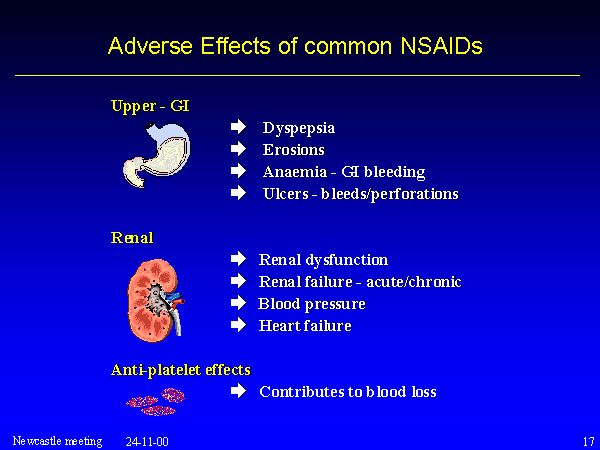 Sometimes when taking iron supplements, there are side effects, such as belching, bloating. Then you can switch to intravenous administration of the drug, depending on the severity of the situation and the degree of intolerance.
Sometimes when taking iron supplements, there are side effects, such as belching, bloating. Then you can switch to intravenous administration of the drug, depending on the severity of the situation and the degree of intolerance.
It is important to remember that iron supplements should not be combined with dairy products. Calcium hinders the absorption of iron. It is also undesirable to drink iron-containing preparations with black tea. But orange juice will give an excellent result: vitamin C, on the contrary, helps iron absorption.
Who is at risk for iron deficiency or anemia?
- Pregnant women unless taking special multivitamins
- Breastfed infants if the mother was anemic during pregnancy or while breastfeeding
- Toddlers introduced mashed meat too late (usually recommended from 6 months of age)
- Children actively involved in sports and not taking additional vitamin-mineral complexes
- Adolescents during hormonal changes in the body
- Vegetarians
- Lovers of strict diets and starvation.




 4.2 Digestion of nutrients
4.2 Digestion of nutrients 12.0.1 Why Can Anemia Occur After Stomach Removal Surgery?
12.0.1 Why Can Anemia Occur After Stomach Removal Surgery?
